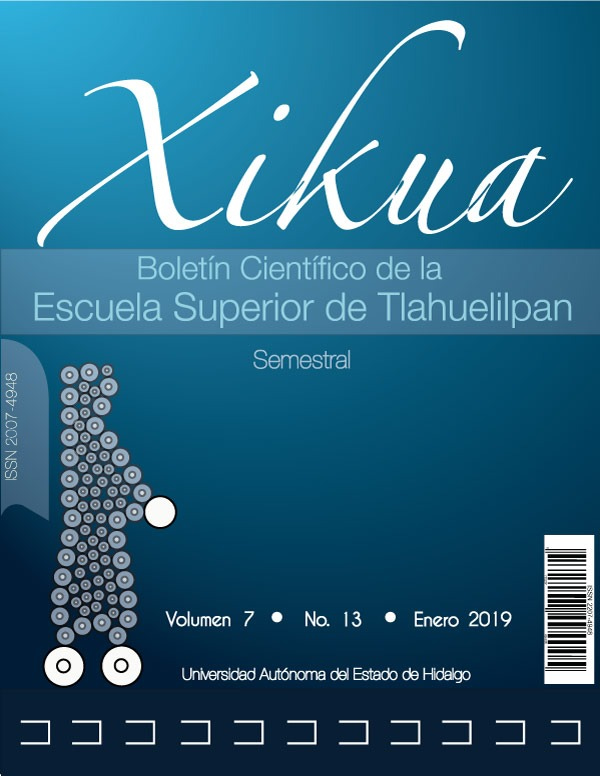Analysis of Symmographic Signals with Matlab
Abstract
The main objective of this report is to develop, in an analytical way, the resolution of a mathematical system in the geological field through the use of our Matlab software, applying basic knowledge of digital signal processing. In it, each step of this process will be pointed out so that you have the opportunity to know how important it is for every engineer to perform mathematical analysis in the development of projects in the branch of programing.
The project that is addressed in this report is a Matlab program that allows analyzing the signals produced by an earthquake, in addition to calculating, based on frequencies, the distance that exists between the origin of the earthquake, and the sensor. It is also intended to achieve the visualization in the exact time of said telluric events, addressing the theme of waves of type "P" and type "S", as well as the magnitudes of the phenomenon.
As an additional resource, a logarithmic type analysis has been added that, apart from showing the order of the steps to follow, will give the reader the opportunity to develop said study from the minimum knowledge in seismographic analysis. However, the aforementioned software is the rigorous equipment to carry out the processing of these signals.
The purpose of this report is to address and rescue the points applicable to the many fields of daily life that could be faced by an engineering student (or an engineer) in the development of their projects and / or experiments; understand the functions destined to studies of waves, vibrations and physical or electronic properties, such as the case of visualization, identification of peaks and the filtering of a certain range of frequencies, as well as understanding that signal processing is very important for our field of study.
Downloads
References
[2] Ausubel, D. P. (2000). The Adquisition and Retention of Knowlwdgw: A Cognitive View. N.Y.: Springer Science+Business Media Dordrecht.
[3] CONCEPTODEFINICION DE . (20 de Julio de 2018). Obtenido de http://conceptodefinicion.de/muestreo/
[4] CONCEPTODEFINICION DE. (20 de Juio de 2018). Obtenido de http://conceptodefinicion.de/sonido/
[5] Consejo-Editorial. (s.f.). Mexican Journal of Medical Research: Aims and scope, Multidisciplinary Journal and Guide for Authors. Recuperado el 30 de mayo de 2016, de Universidad Autónoma del Estado de Hidalgo: http://www.uaeh.edu.mx/scige/revista/icsa/n7/aims.html
[6] deconceptos.com. (20 de Julio de 2018). Obtenido de https://deconceptos.com/ciencias-naturales/frecuencia
[7] Enciclopedia us. (7 de Agosto de 2003). Obtenido de http://enciclopedia.us.es/index.php/Perturbaci%C3%B3n
[8] Fisica Practica. (20 de Julio de 2018). Obtenido de https://www.fisicapractica.com/frecuencia-periodo.php
[9] García, A. F. (s. f.).
[10] Gob.mx. (13 de Agosto de 2018). Obtenido de https://www.sgm.gob.mx/Web/MuseoVirtual/Riesgos-geologicos/Causas-caracteristicas-e-impactos.html
[11] Griffith University. (1 de abril de 2011). Writing an Executive summary. Recuperado el 30 de mayo de 2016, de Information services: https://www.griffith.edu.au/__data/assets/pdf_file/0003/320178/writing-an-executive-summary.pdf
[12] Marianelli, B. (20 de agosto de 2010). Technical Reports and Journal Articles. (U.S. Department of Energy Office of Scientific and Technical Information)








